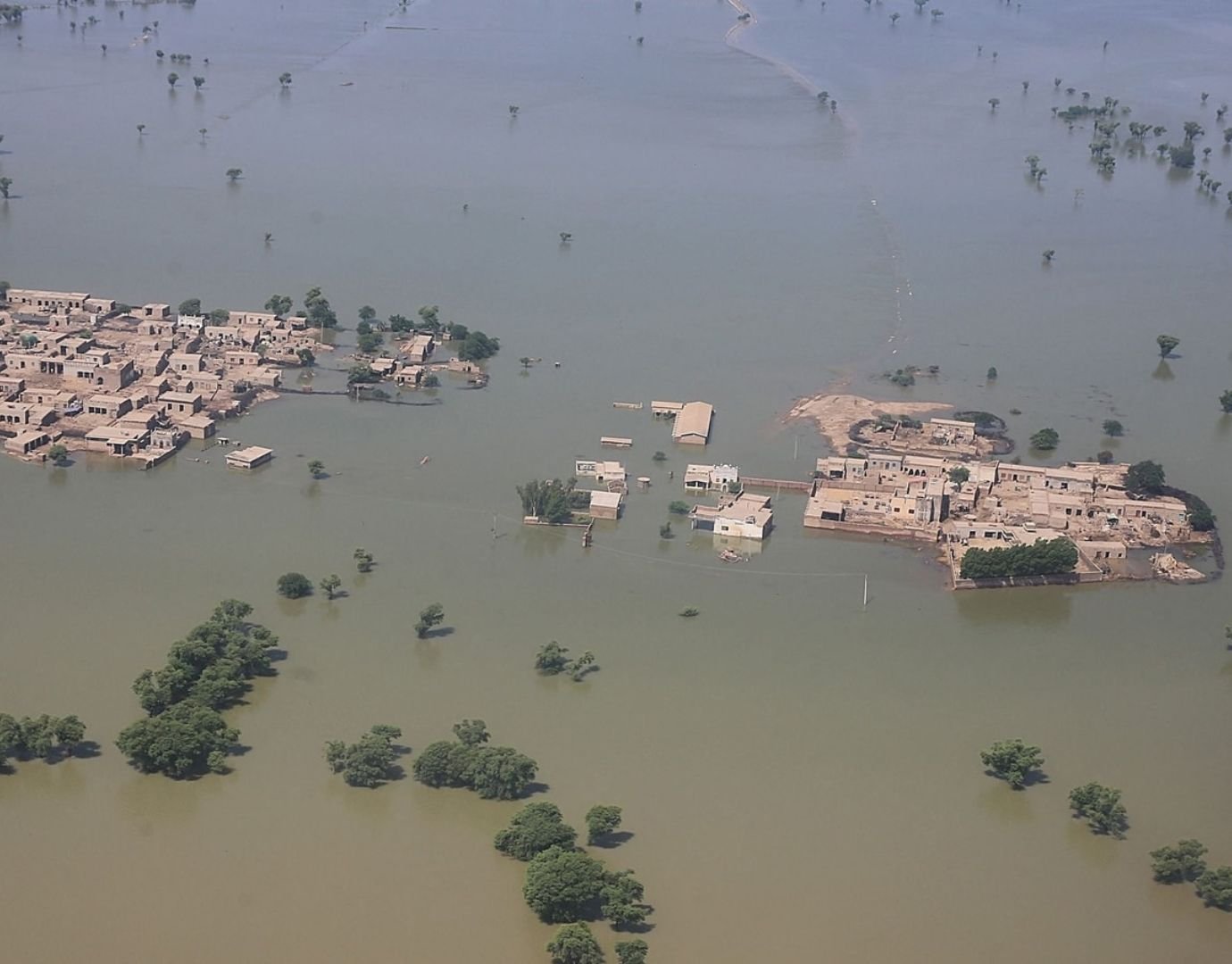The severe floods in Pakistan are now estimated to have cost the country’s economy close to USD 18 billion. The earlier estimate, which was generated by the Center and authorised by the provinces, was for USD 12.5 billion.
The impact of floods on the expansion of agriculture was much greater than before. The News International reports that more than the initial estimate of 4.2 million acres, the devastating floods have destroyed crops on 8.25 million acres. The resulting economic losses are now substantially severe.
It has severely harmed less valuable crops like cotton, rice, and others, and if dewatering isn’t done properly, it might be difficult to plant wheat. Since cotton is no longer grown in the majority of the nation, wheat farming is now in jeopardy.
It has been requested that the Ministry of National Food Security develop a strategy for increasing the minimum support price of wheat for the following harvest.
According to The News International, the administration has met with foreign donors and pledged to put up a strong monitoring and assessment mechanism in Pakistan to ensure that every dollar is used to assist repair the harm caused by the floods. The per capita income is likely to decrease because the economy is losing more money and the GDP isn’t expanding as quickly. The administration anticipated that the GDP would increase by 5% during the current fiscal year.
Also, there will be a significant increase in poverty and unemployment, from 21.9% to over 36%. According to the Pakistani government, 118 districts experienced flooding that left around 37% of the population in poverty.
A high-level committee made up of representatives from the Ministries of Finance, Planning, State Bank of Pakistan, Federal Board of Revenue, Pakistan Institute of Development Economics, and other organisations discovered that poverty and unemployment have increased significantly, from 21.9% to more than 36%.
On Friday, UN Secretary-General Antonio Guterres flew into Pakistan for a two-day visit to assess the flood situation and offer support to the nation’s citizens who have been severely affected by the monsoon rain.
The UN chief will meet with Pakistan’s top officials and leaders to discuss how the nation and the globe should respond to this climate change-related calamity, according to an official statement.
The areas of Pakistan most impacted by the climate calamity will be visited by Guterres. In order to assist the government in saving and assisting millions of people in need, he will speak with displaced families, first responders, and be in charge of the UN’s humanitarian response efforts.
Additionally, Pakistan is grappling with unprecedented floods. The World Health Organization (WHO) has additionally issued a warning, claiming that the country’s situation is deteriorating as a result of the unprecedented rainfall.
We are closely monitoring and extremely concerned about the humanitarian situation that the people of Pakistan are facing as a result of the disastrous monsoon floods.
Dr. Al-Mandhari claimed in a news release dated September 5 that Pakistan is seeing damage and destruction from the floods that has never been seen before. He claimed that this is the result of long-term global climate change, which is causing more extreme weather.
According to the World Meteorological Organization (WMO), Pakistan is currently experiencing some of the worst floods it has ever experienced.
According to the government, millions of people have been impacted nationwide by rain, flooding, and other repercussions like landslides that have destroyed houses, buildings, animals, and agricultural land. The catastrophic floods in Pakistan have already claimed the lives of at least 1,325 individuals. The harm to people and the economy is probably going to get worse as flood levels rise and put a lot of pressure on the nation’s dams.
According to the Pakistan Meteorological Department, this August was the wettest since records have been kept since 1961. The nation experienced 244% more rain than usual. It was +590% in the province of Balochistan and +726 in the province of Sindh, according to the monthly data.



















